Breed Your Jersey Milk Cow Using AI
Breeding your Jersey milk cow using AI is a suitable alternative to natural breeding methods typically used by homesteaders in the past. Introducing a Jersey bull into a herd of Jersey milk cows brings unpredictable results.
Artificial insemination (AI) has emerged in recent years as a viable alternative for breeding Jersey cattle. Using AI increases genetic diversity and improves the health and productivity of your herd.
We use AI on our homestead to breed our Jersey milk cows with great success. In this blog, we’ll share our experiences with AI and provide information about:
- What is Jersey milk cow artificial insemination (AI)?
- How does AI improve genetic diversity?
- What are the benefits of using AI for breeding Jersey milk cows?
- How do you prepare a Jersey milk cow for AI?
- What are the risks of AI for breeding Jersey milk cows?
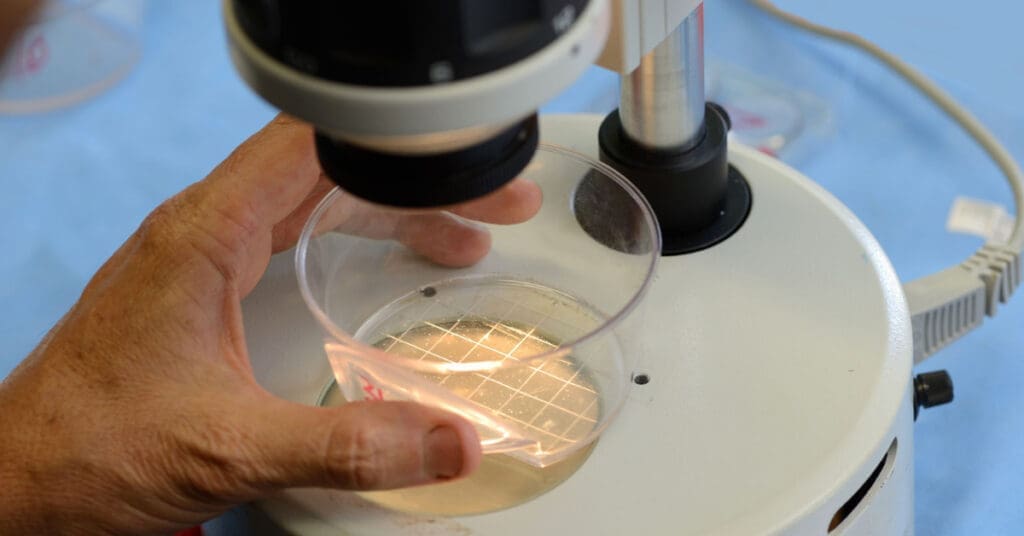
What is Jersey milk cow artificial insemination (AI)?
Jersey milk cow AI is the process of using technology to introduce sperm from a bull into the reproductive tract of a female Jersey milk cow. Artificial insemination achieves fertilization and improves the chances of pregnancy when performed correctly.
Unlike natural breeding which involves the physical mating of a bull and cow, AI allows homesteaders to select the specific genetic traits they want to introduce into their Jersey milk cow herd.
For instance, if high-yielding cows are important to you, using AI can introduce the right genetic traits to produce a cow with these characteristics.
How AI works
AI works by collecting semen from a preferred breeding bull and using specialized equipment to deposit the semen directly into the cow’s uterus or cervix. Timing the process to coincide with the cow’s ovulation cycle increases the chances of successful fertilization and pregnancy.
Some homesteaders hire breeders or large livestock veterinarians to handle AI breeding for them. Others learn how to do it themselves to reduce the cost associated with the procedure.
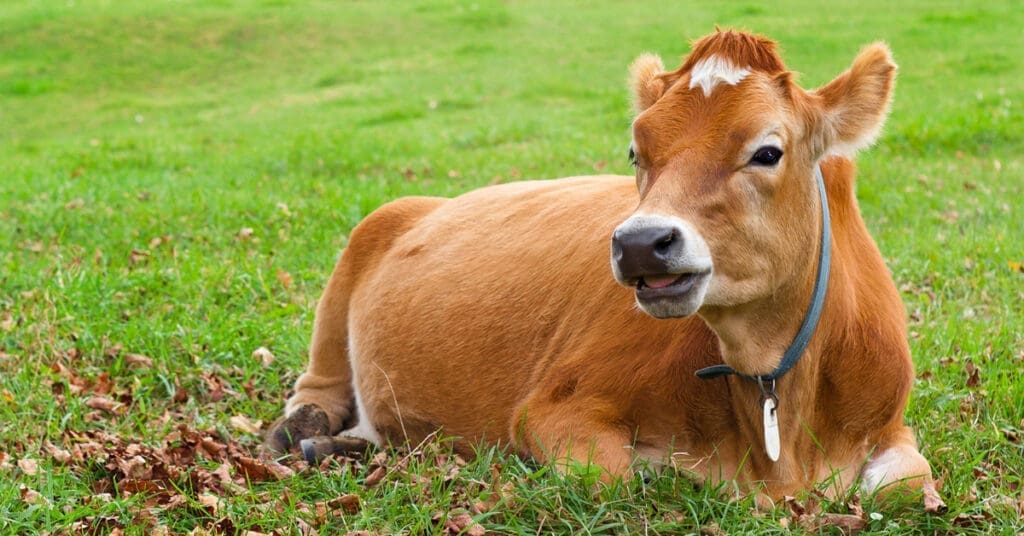
How does AI improve genetic diversity?
AI improves genetic diversity among Jersey milk cows by giving homesteaders the option to use semen from high-performing bulls from other herds to impregnate their cattle.
Choosing the source of the semen leads to better health, productivity, and profitability if you sell your Jersey milk cow’s raw milk or milk products.
By going outside your homestead’s herd for breeding, you increase the genetic variation within the herd, which improves the overall health of your Jersey cattle.
When we select semen for our Jersey milk cow breeding, we explore which traits – improved milk production, better fertility rates, disease resistance – are most important to us.
Using AI also allows homesteaders to create a more diverse and resilient herd that’s better suited to their needs. Having more heifer calves may be important for your homestead for milk-production purposes and future breeding.
Cross-breeding through AI
Another way AI improves genetic diversity is through cross-breeding. Introducing semen from bulls of different breeds, like Holsteins or Guernsey, can create offspring that combine the desirable traits of both breeds.
For example, a popular choice is to cross-breed a Holstein with a Jersey to achieve increased milk production and growth rates. Mixing and matching in this way doesn’t compromise your Jersey’s desirable characteristics, like high butterfat content in raw milk.
What are the benefits of using AI for breeding Jersey milk cows?
The benefits of using AI for breeding Jersey milk cows are numerous. When cross-breeding, AI can lead to heterosis (hybrid vigor), producing offspring with improved traits like greater growth rates, better disease resistance, and increased milk production.
Other benefits of using AI for breeding Jersey milk cows include:
- Better reproductive control. AI gives you more bang for your buck. It allows homesteaders to time insemination with their cow’s ovulation to increase the chances of fertilization and pregnancy.
- Cost-effectiveness. AI eliminates the need for a bull on your homestead, which reduces the costs of feeding and caring for a bull. Since you can time insemination with your cow’s ovulation cycle, you have a better chance of success on your first attempt than you would with a bull in the pen.
- Improved genetic diversity. AI allows homesteaders to choose semen from various bulls to reduce the risk of inbreeding which can cause health and fertility issues.
- Lower disease transmission risk. AI reduces the risk of transmitting diseases spread through natural breeding methods, including cattle venereal diseases like the Bovine Herpes Virus.
How do you prepare a Jersey milk cow for AI?
Jersey milk cow AI is all about timing and technique. You’ll want to follow several steps in a specific order to increase your chances of success.
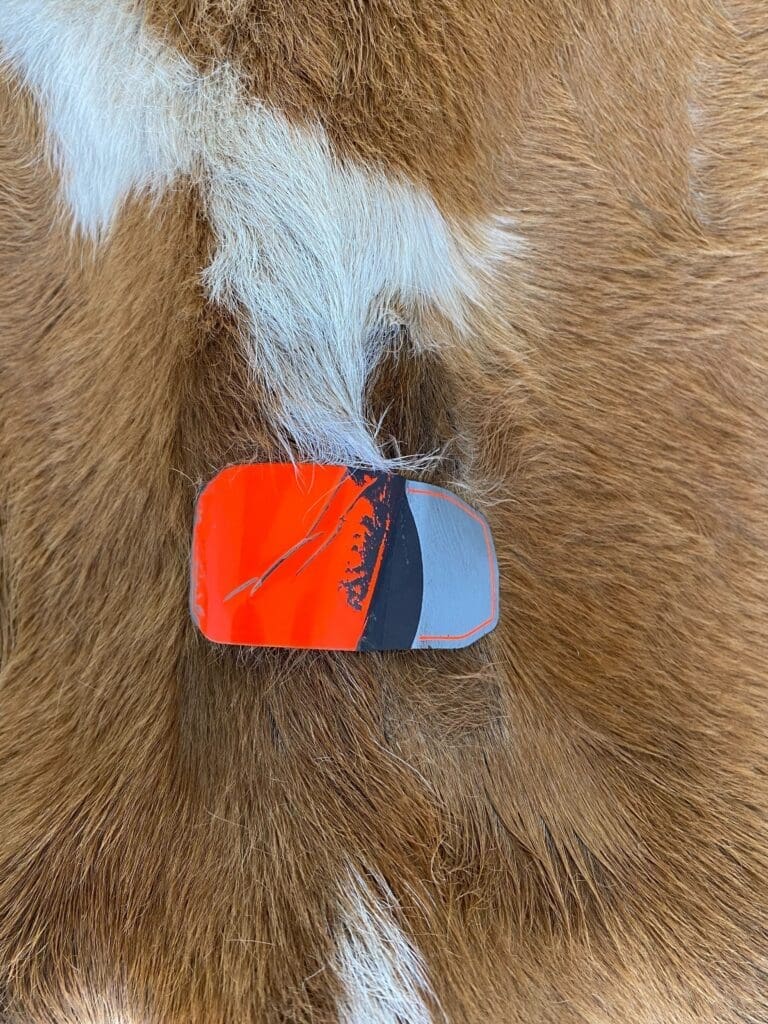
Step 1: Heat Detection
The first step in preparing your Jersey milk cow for AI is to identify when she’s in heat (called estrus). There are several ways you can do this, including observing the cow’s behavior and physical signs – standing to be mounted, decreased appetite – that she’s in heat.
When we used AI to breed our Jersey milk cows, we relied on technology that could detect ovulation (orange tags in photos). These tags were easy to place on our cattle and they showed us when they were in heat. When they begin showing an orange color, you know it’s time to start the insemination process within 12-14 hours for the best results.
We highly recommend using these tags. Our cow is pregnant on the first try.
Step 2: Synchronization
This is an optional step that homesteaders with larger herds of dairy cattle may prefer.
You can synchronize your cow’s estrus cycle using hormonal treatments. If you decide to go this route, you’ll need to administer hormones to the cows to ensure they all come into heat at the same time. That makes it easier if you’re trying to use AI on more than one Jersey milk cow simultaneously.
Step 3: Reproductive Tract Examination
Before insemination, a veterinarian or trained technician can examine the cow’s reproductive tract to make sure it’s healthy and free from infection or other abnormalities. If your Jersey milk cow has any kind of disease or issue with her uterus, it can negatively impact her chances of becoming pregnant.
Step 4: Insemination Equipment Preparation
AI equipment includes a semen straw, catheter, and insemination gun. To protect the health of your Jersey milk cow’s reproductive tract, it’s vital that you properly sanitize all equipment before using it.
For the best results, warm up the semen straw before using it.
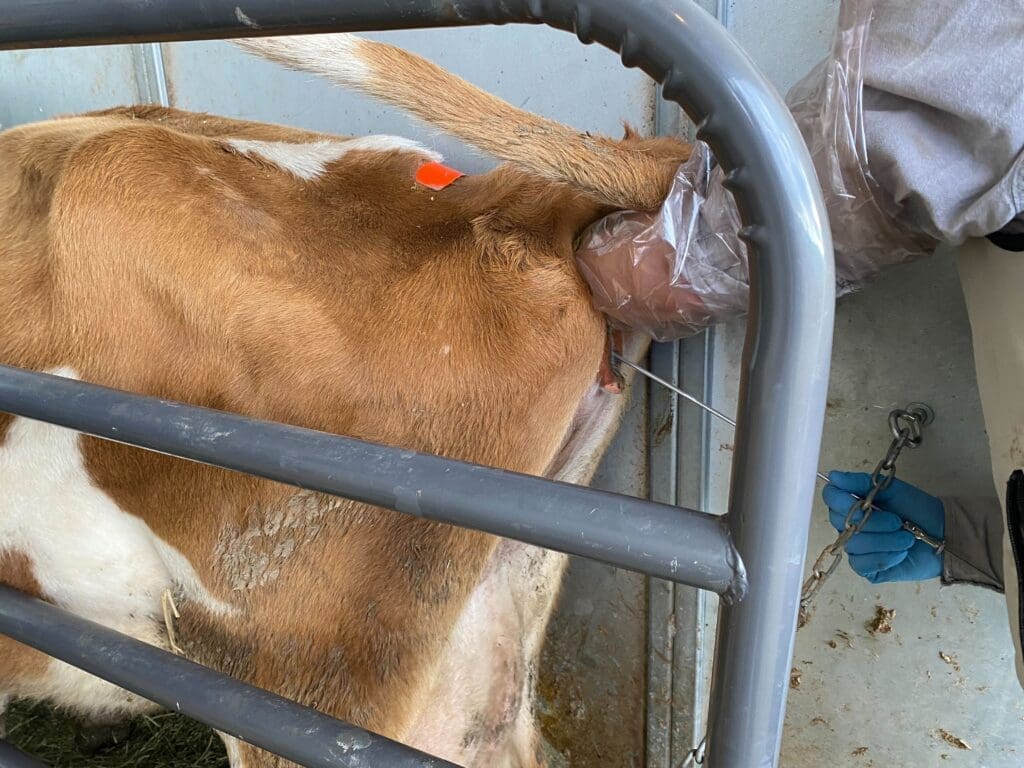
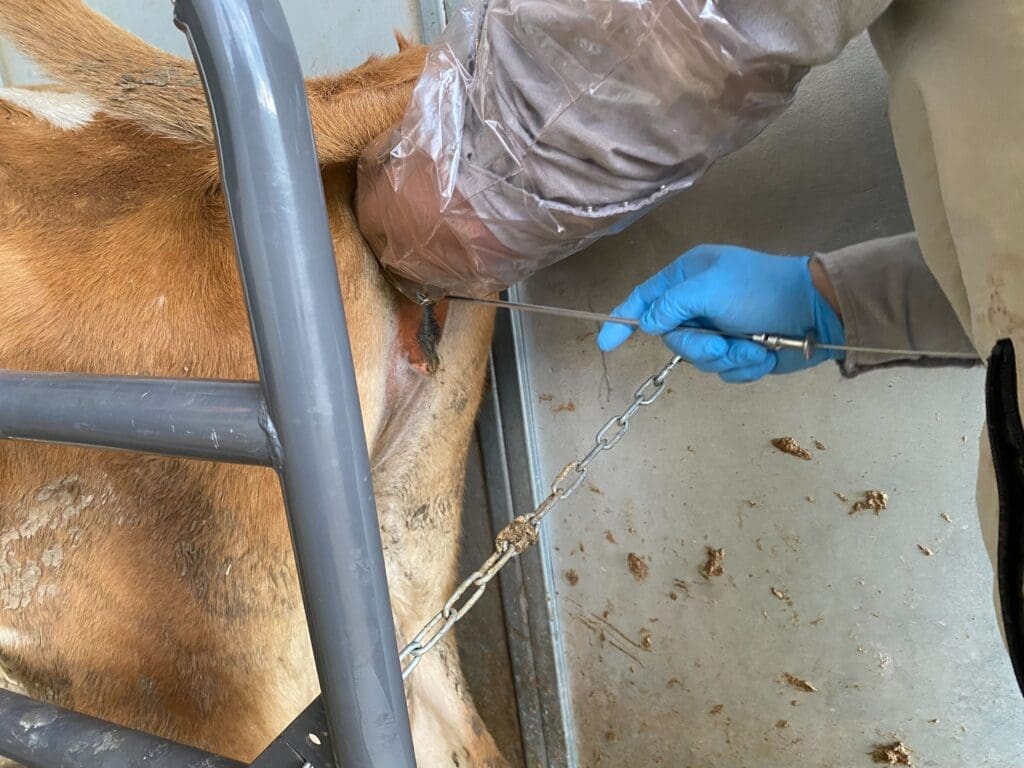
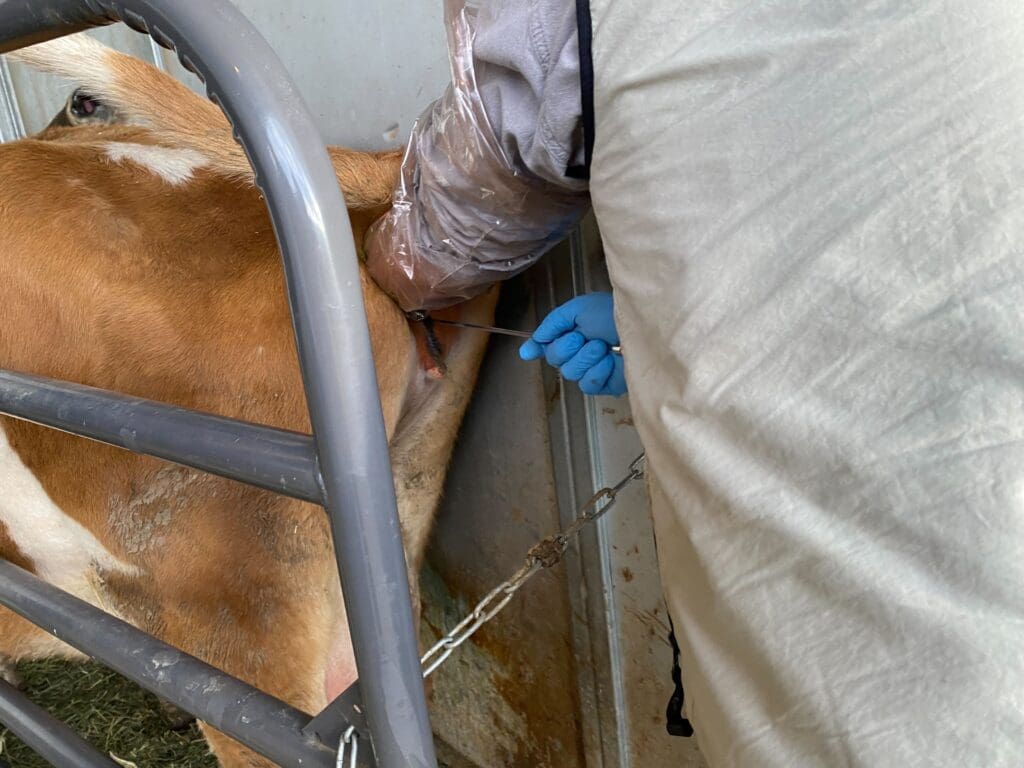
Step 5: Time to Inseminate
During insemination, the semen straw is thawed and loaded into the insemination gun. Then, you introduce the gun into the cow’s reproductive tract through the cervix or uterus. With our cow, we opted for direct insertion into the uterus.
Step 6: Post-Insemination Care
After the AI procedure, it’s important to monitor your Jersey milk cow for signs of pregnancy or potential complications. If AI was successful, you may notice your cow acting differently, including wanting to eat less at first.
Your vet can do a rectal examination to palpate the uterus to check for a developing fetus. Make sure to follow proper nutrition guidelines for gestating cows to ensure a healthy pregnancy.
What are the risks of AI for breeding Jersey milk cows?
Jersey milk cow AI is generally a safe procedure. However, that doesn’t mean your cow can’t experience complications that can jeopardize the pregnancy or her health. Here are some of the most common risks associated with AI.
- Infection happens when you fail to properly sterilize the AI equipment before use. You can introduce bacteria and other pathogens into your cow’s reproductive system, causing an infection that can cause miscarriage and infertility.
- Injury can occur if you insert the catheter and insemination gun incorrectly. That’s why it’s best to have your vet or a trained technician complete the procedure.
- Genetic abnormalities can happen, even when selecting semen from a bull with desirable traits. There’s a small chance the calf will be born with birth defects.
- Hormonal imbalances can happen if you use hormonal treatments to synchronize estrus cycles. Imbalances can affect your cow’s reproductive health and overall well-being.
Using AI for Jersey milk cow breeding
We’ve bred our Jersey milk cows traditionally and through AI. We found the process of AI much simpler and more reliable, also making it cost-effective for our small homestead.
It’s important to work with your veterinarian or a skilled AI technician if you’re considering Jersey milk cow AI for the first time to protect the health and safety of your cow and improve your chances of success.
Sources
- Effect of milk yield characteristics, breed, and parity on success of the first insemination in Dutch dairy cows. sciencedirect.com. Accessed May 11, 2023.
- Genetic Diversity in the Italian Holstein Dairy Cattle Based on Pedigree and SNP Data Prior and After Genomic Selection. frontiersin.org. Accessed May 11, 2023.
- Short communication: Heterosis and breed effects for milk production and udder health traits in crosses between Danish Holstein, Danish Red, and Danish Jersey. pubmed.ncbi.nlm.nih.gov. Accessed May 11, 2023.
- Venereal Diseases in the Bull. animal.ifas.ufl.edu. Accessed May 11, 2023.
- What kind of dairy cow should you be creating? dairy.extension.wisc.edu. Accessed May 11, 2023.
In our kitchen, we only use cultures from Cultures for Health.
Get yours here and start culturing today.
Popular Articles
Newsletter
Get signed up to get latest updates and new information from the Jersey Milk Cow!
This site uses Akismet to reduce spam. Learn how your comment data is processed.

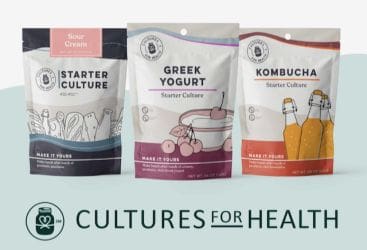
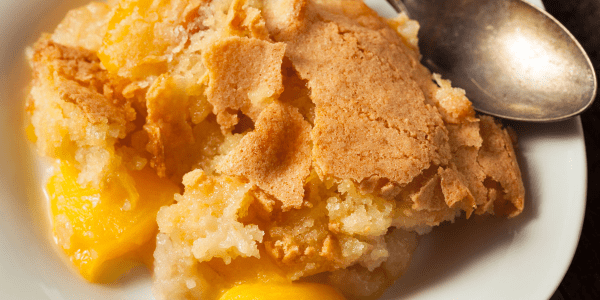



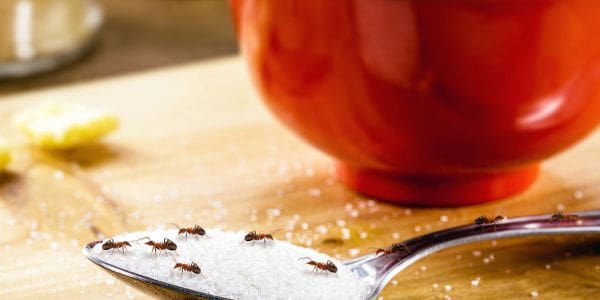





Leave a Reply